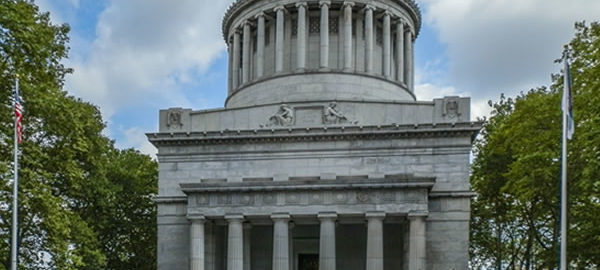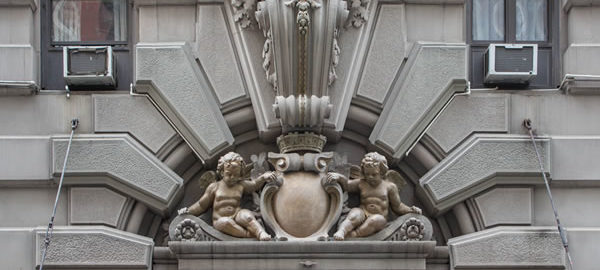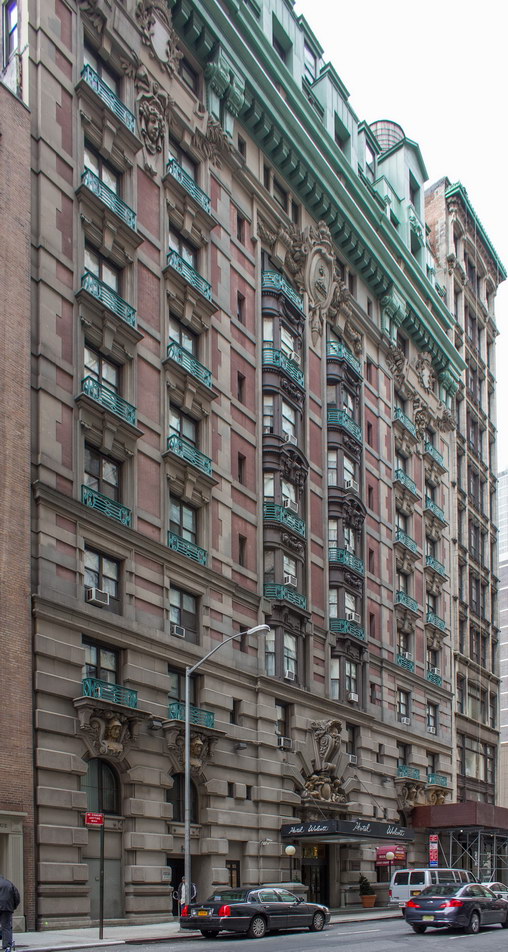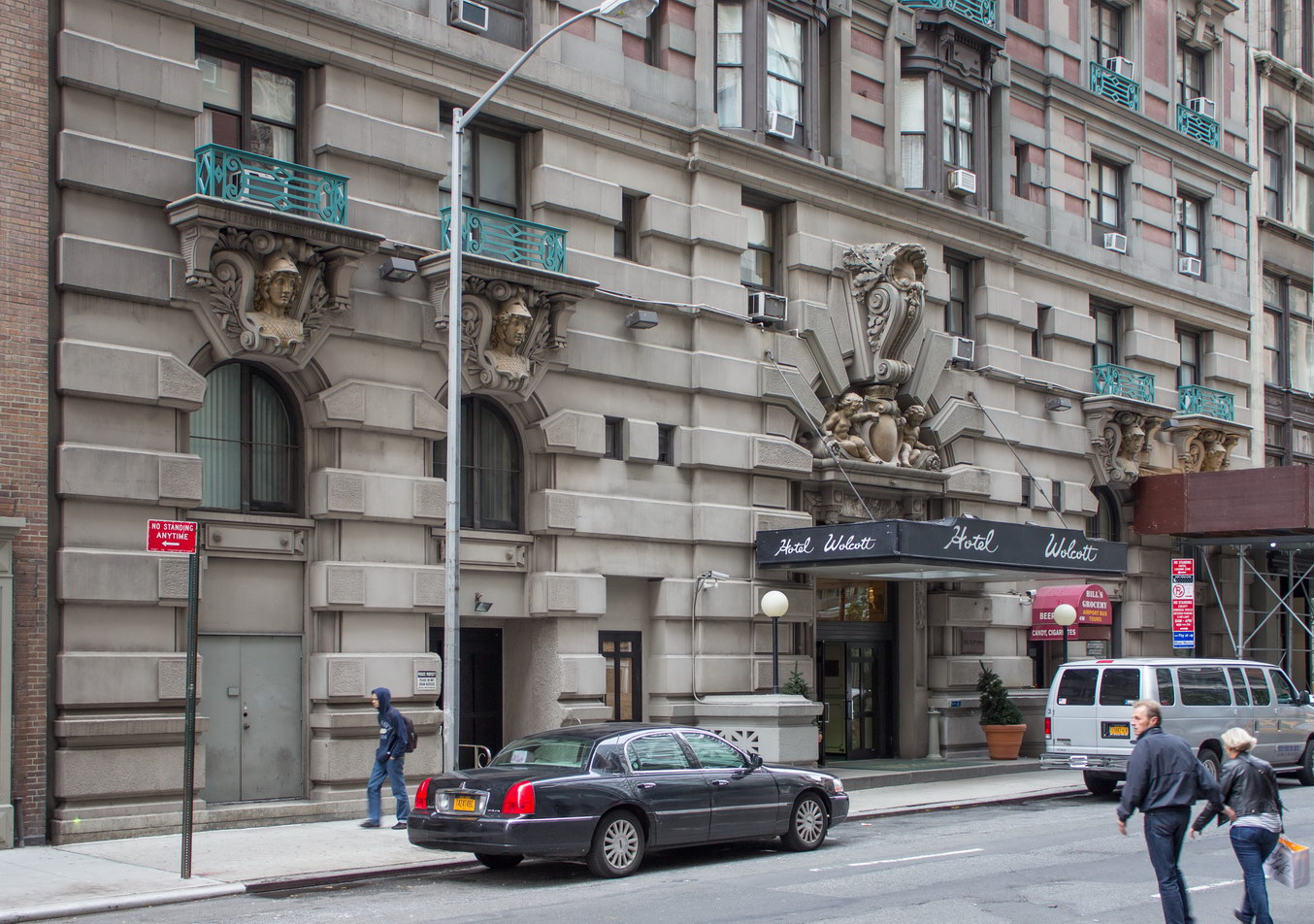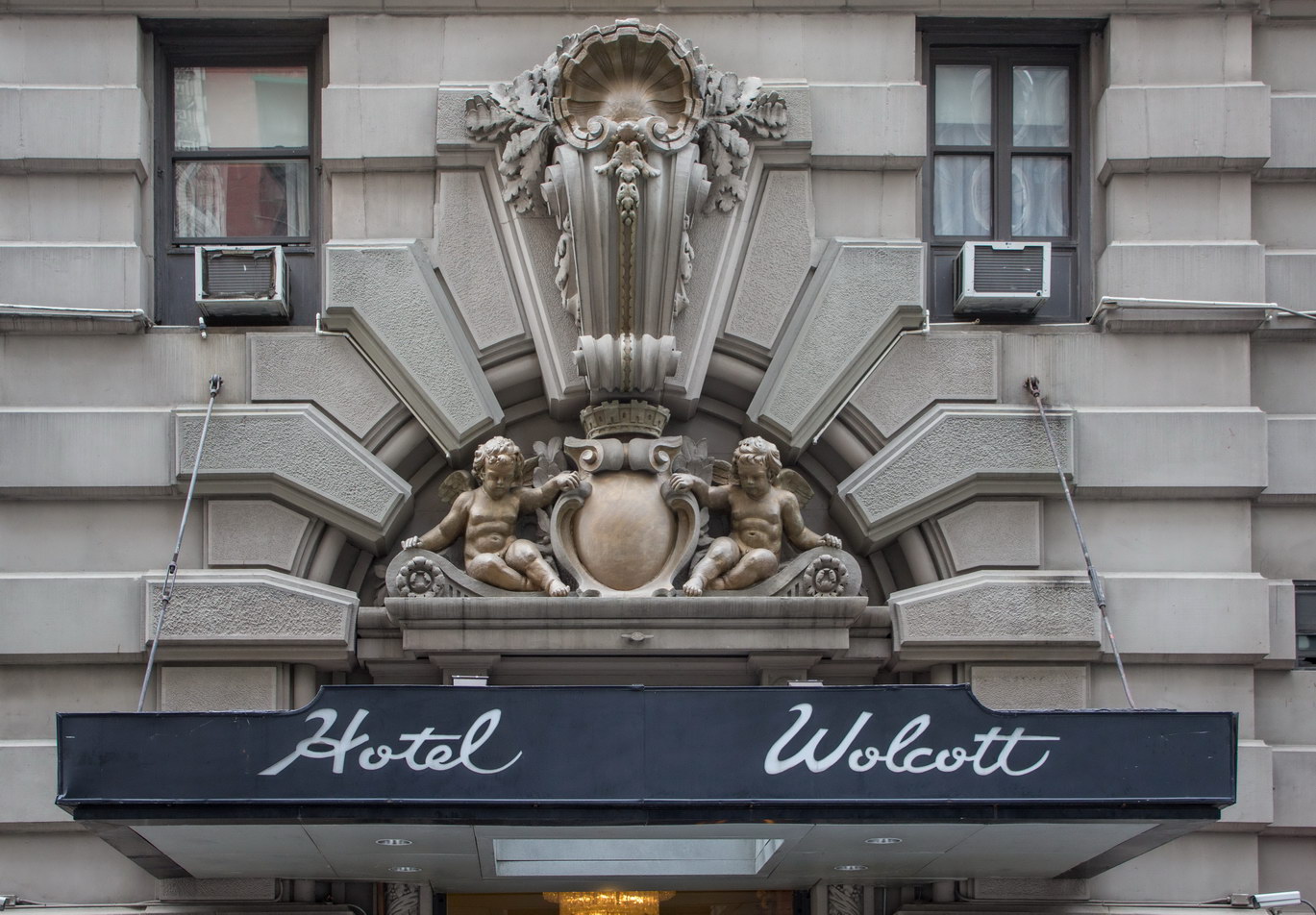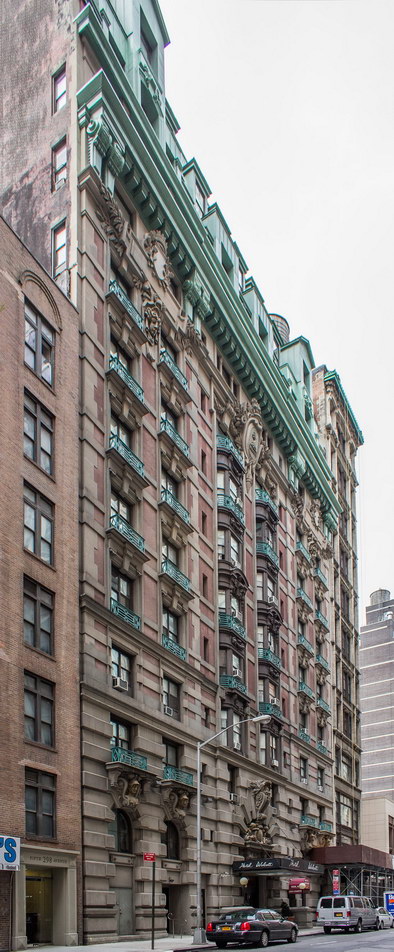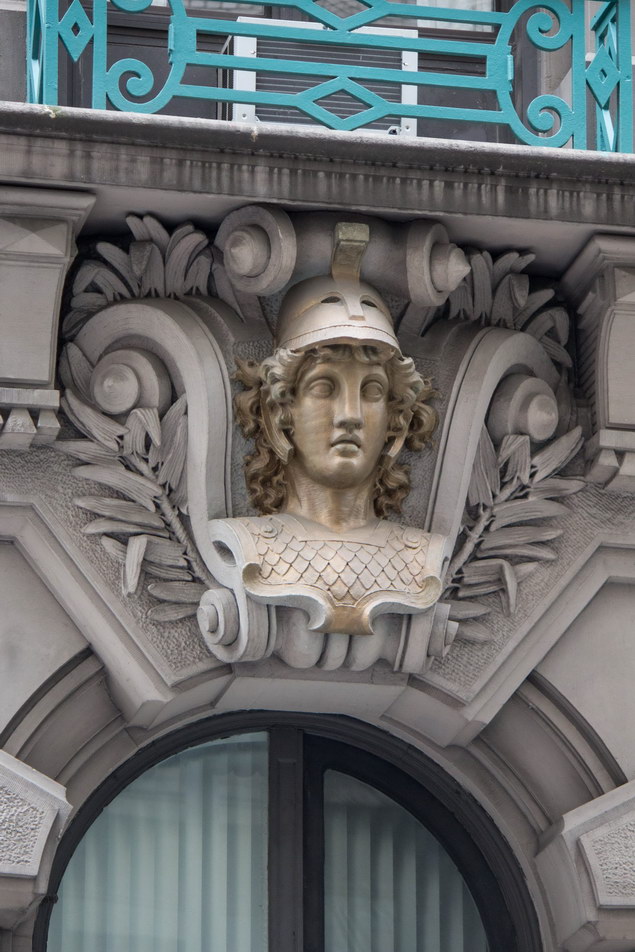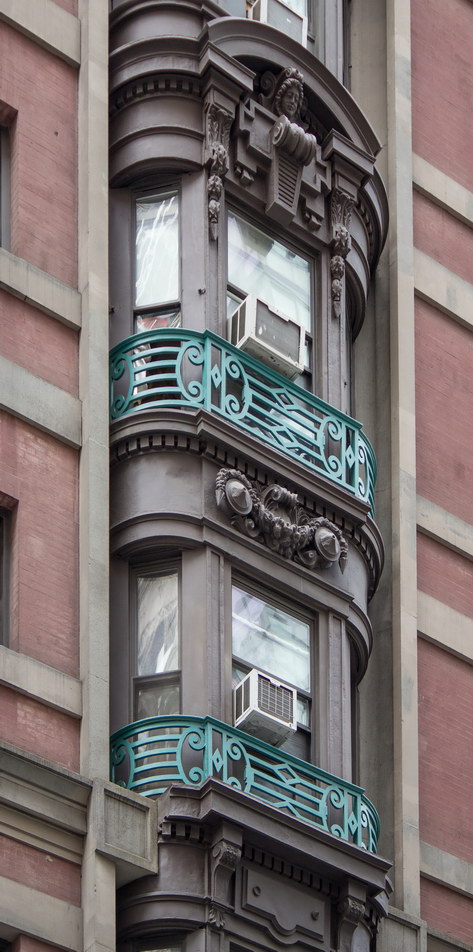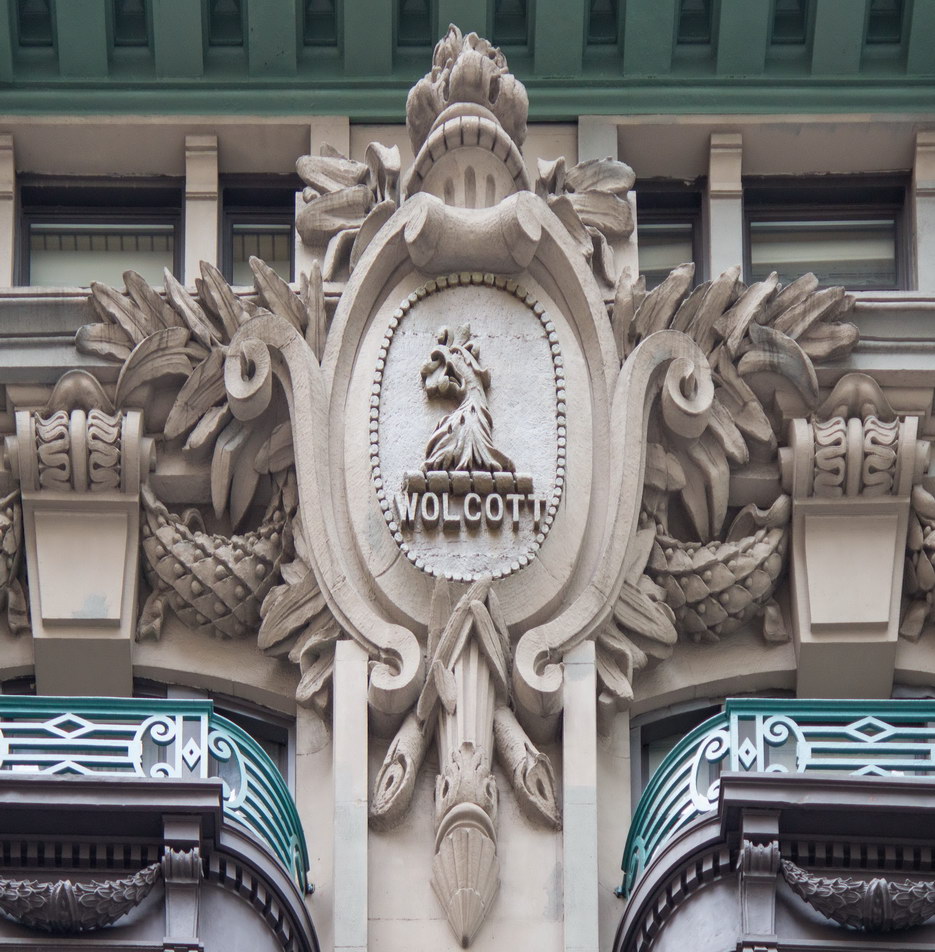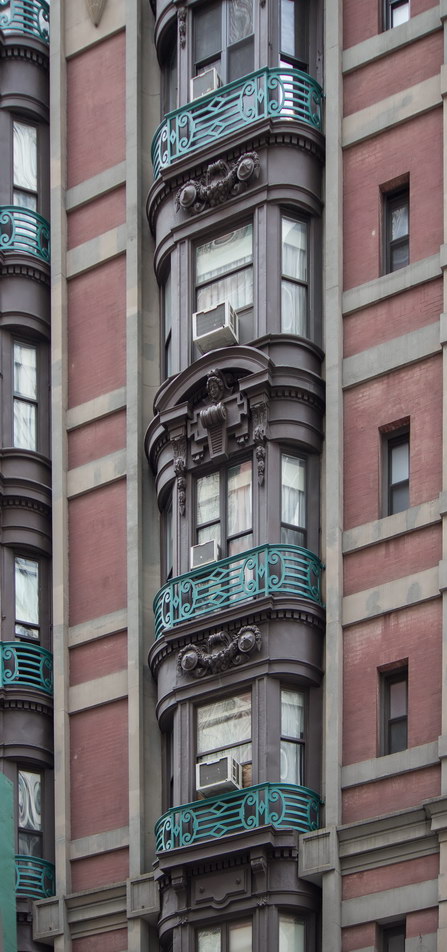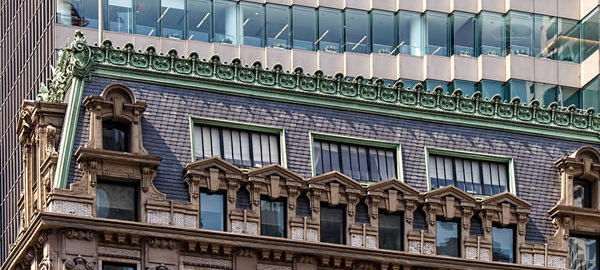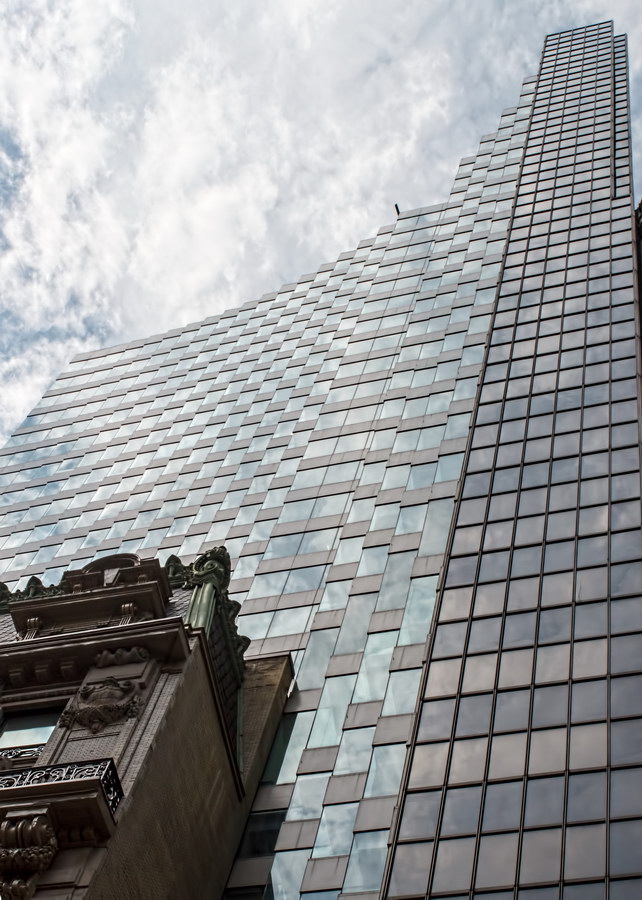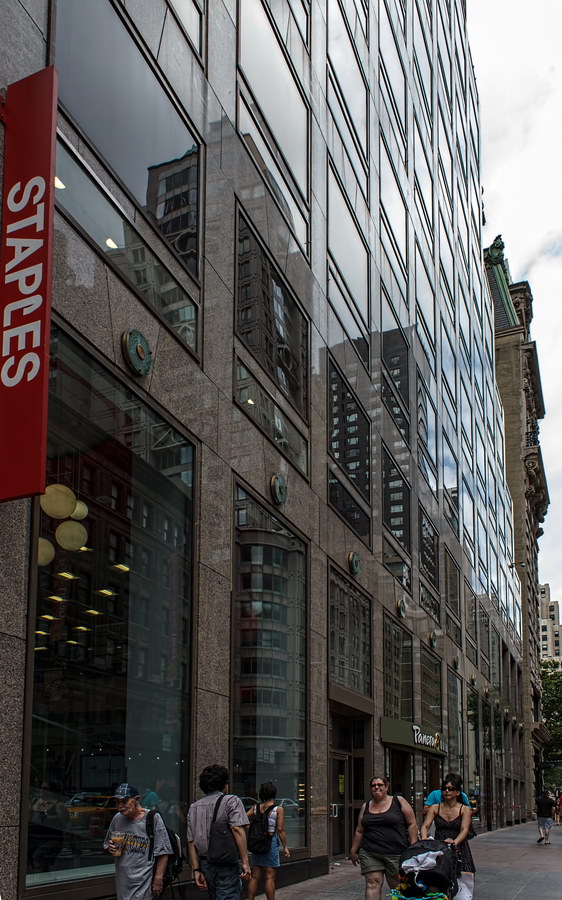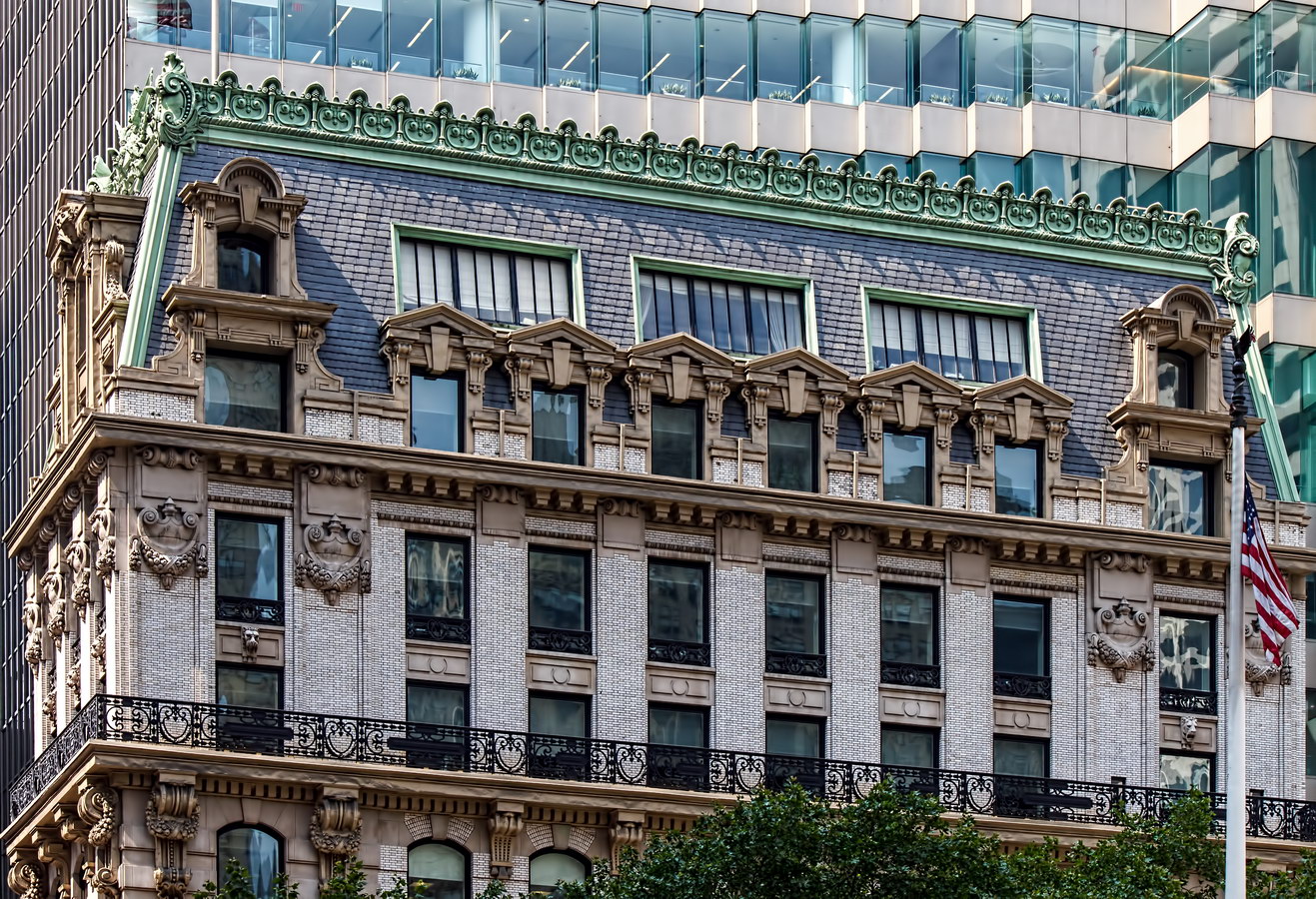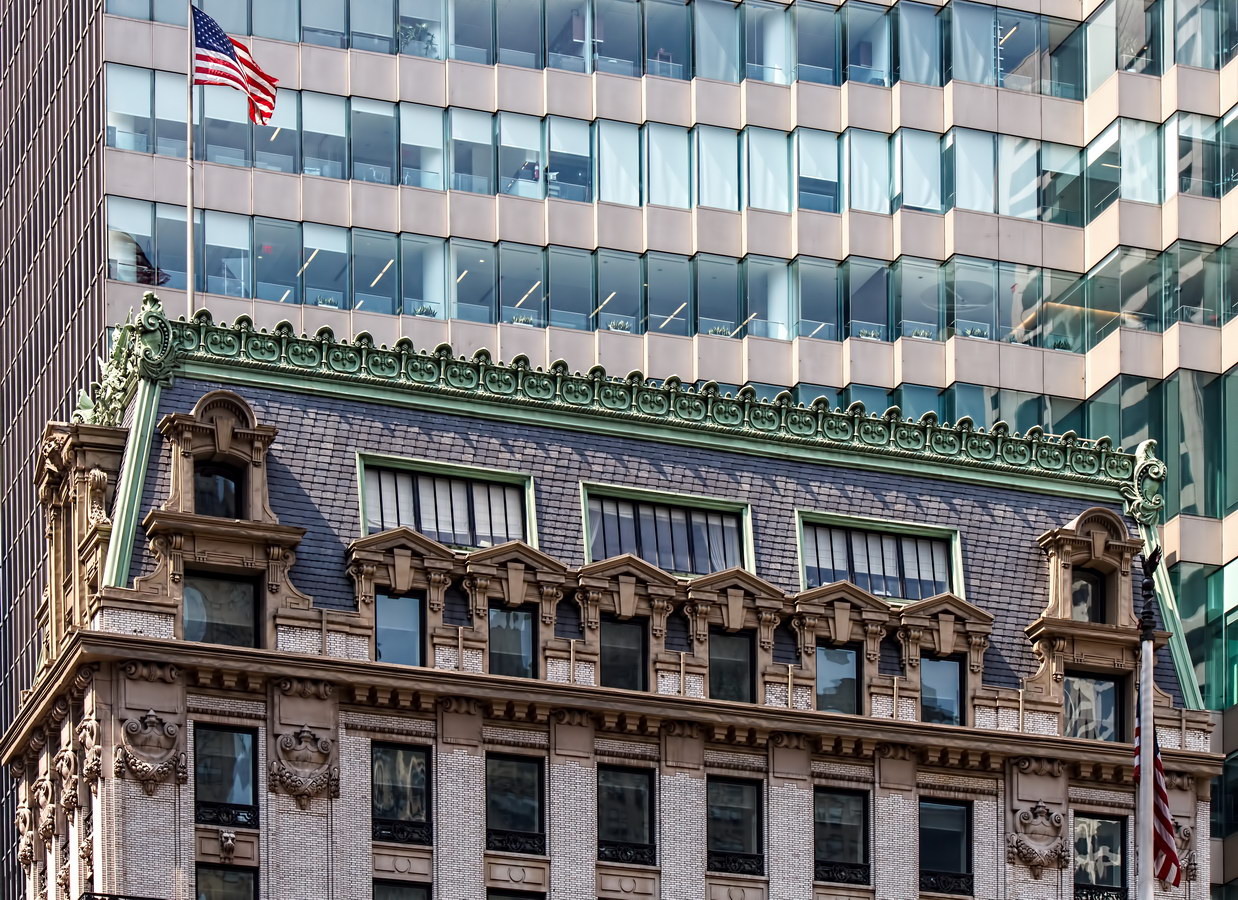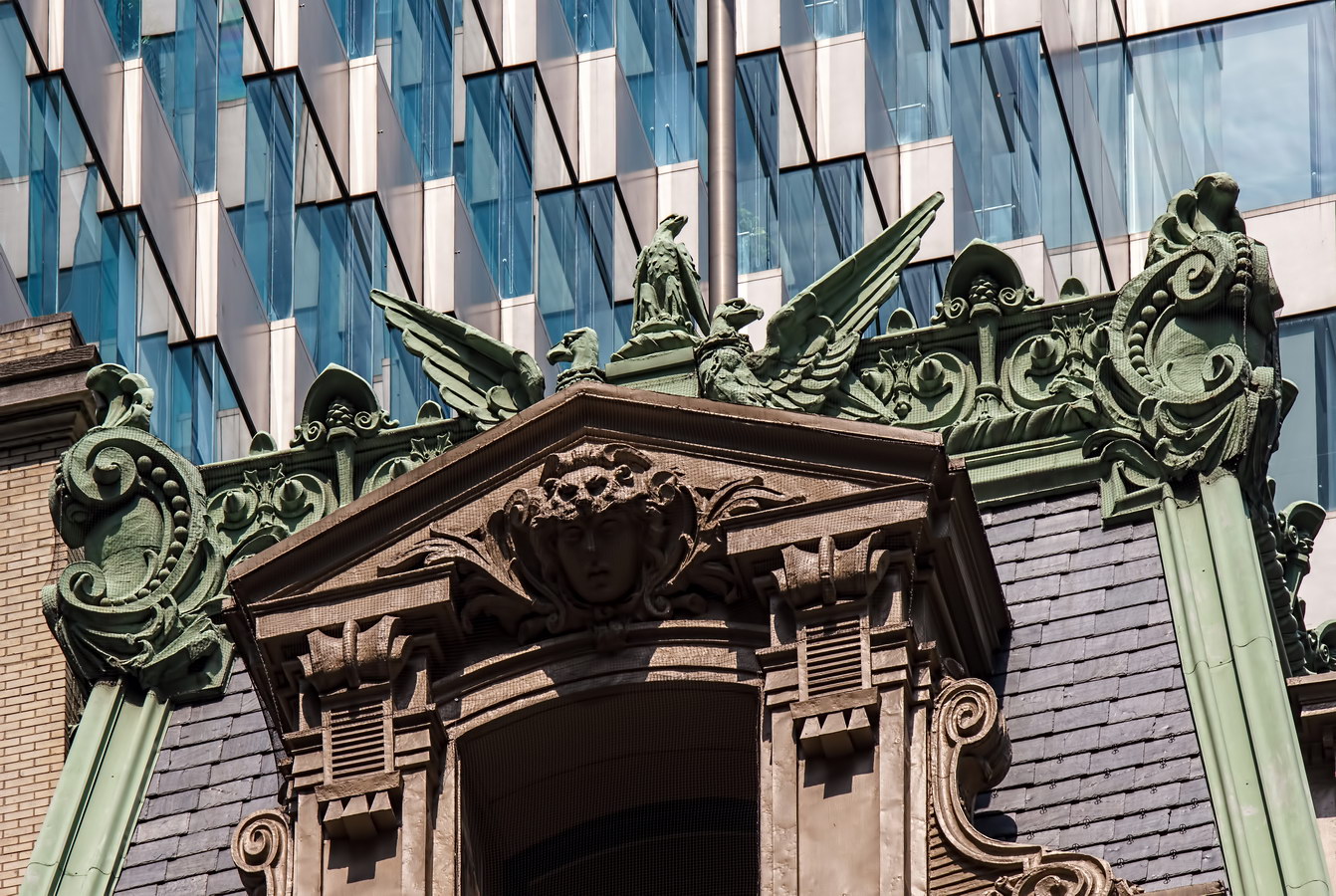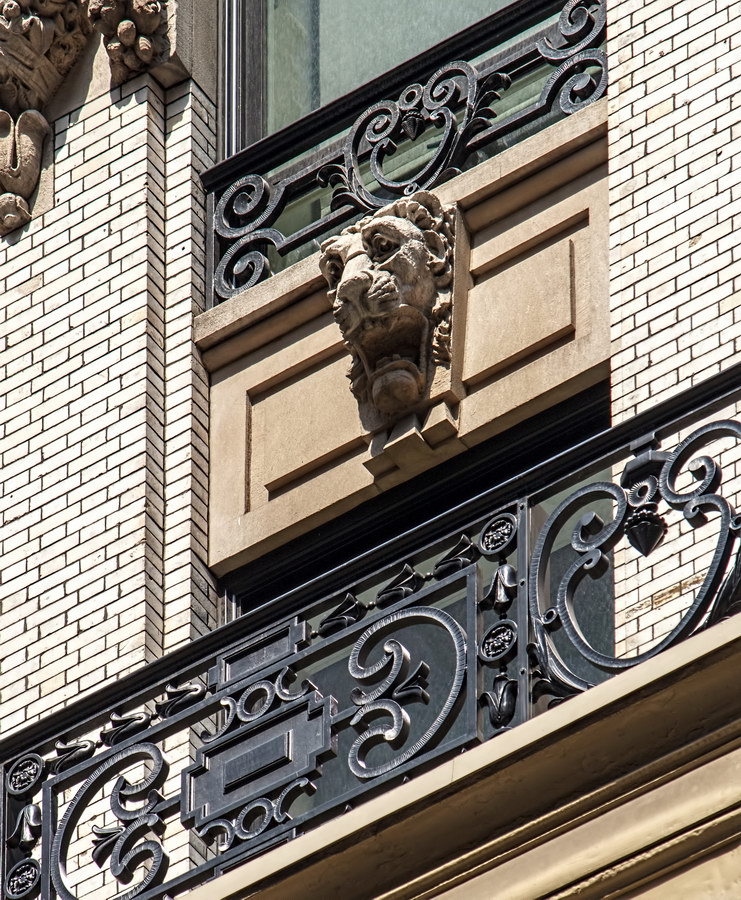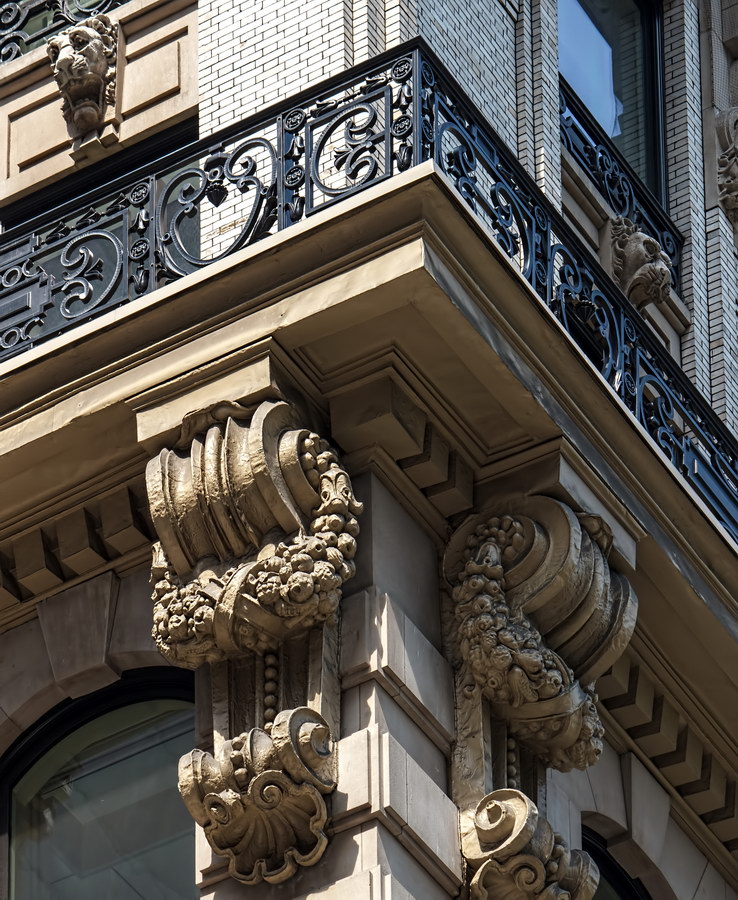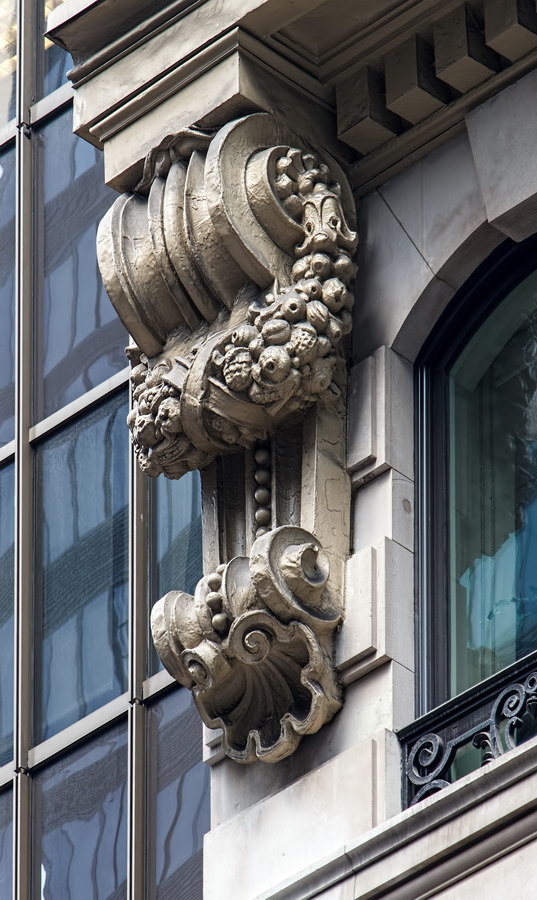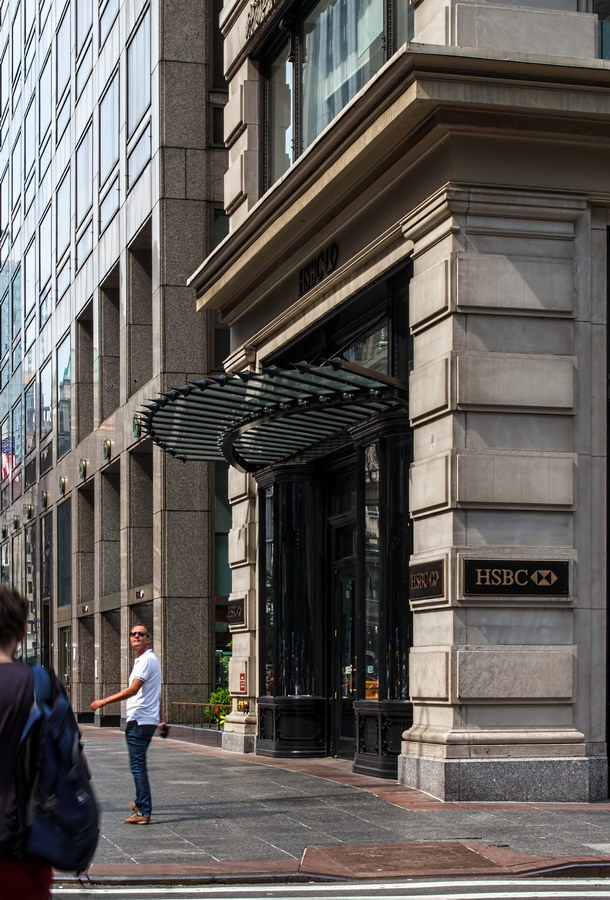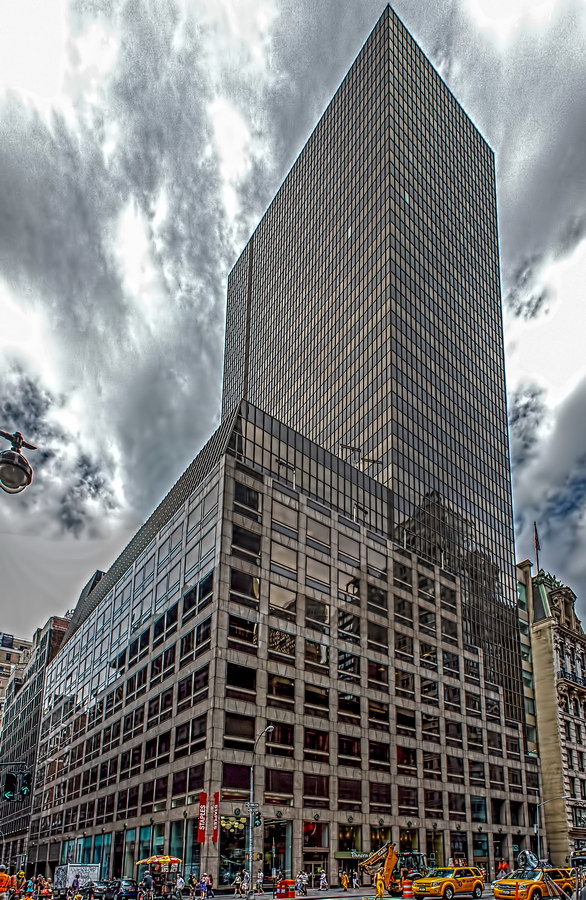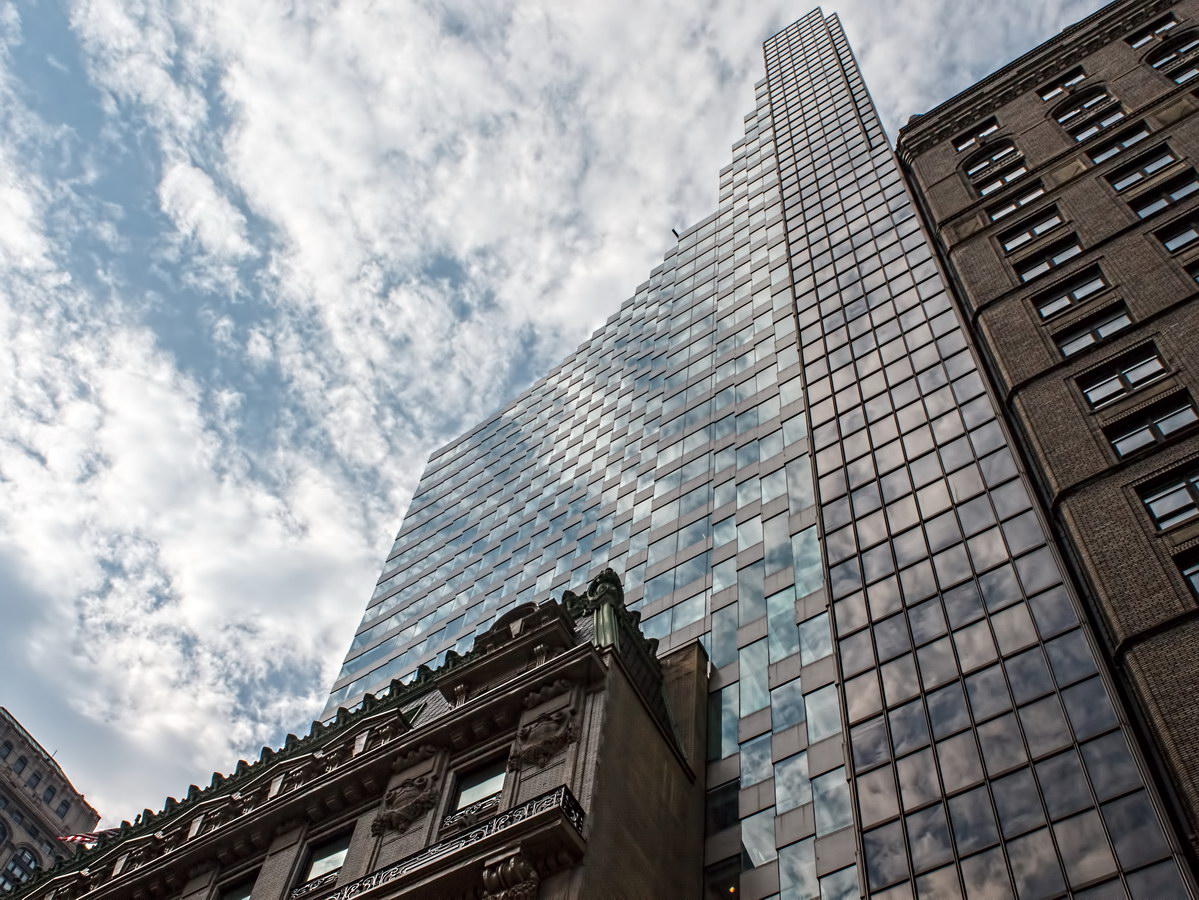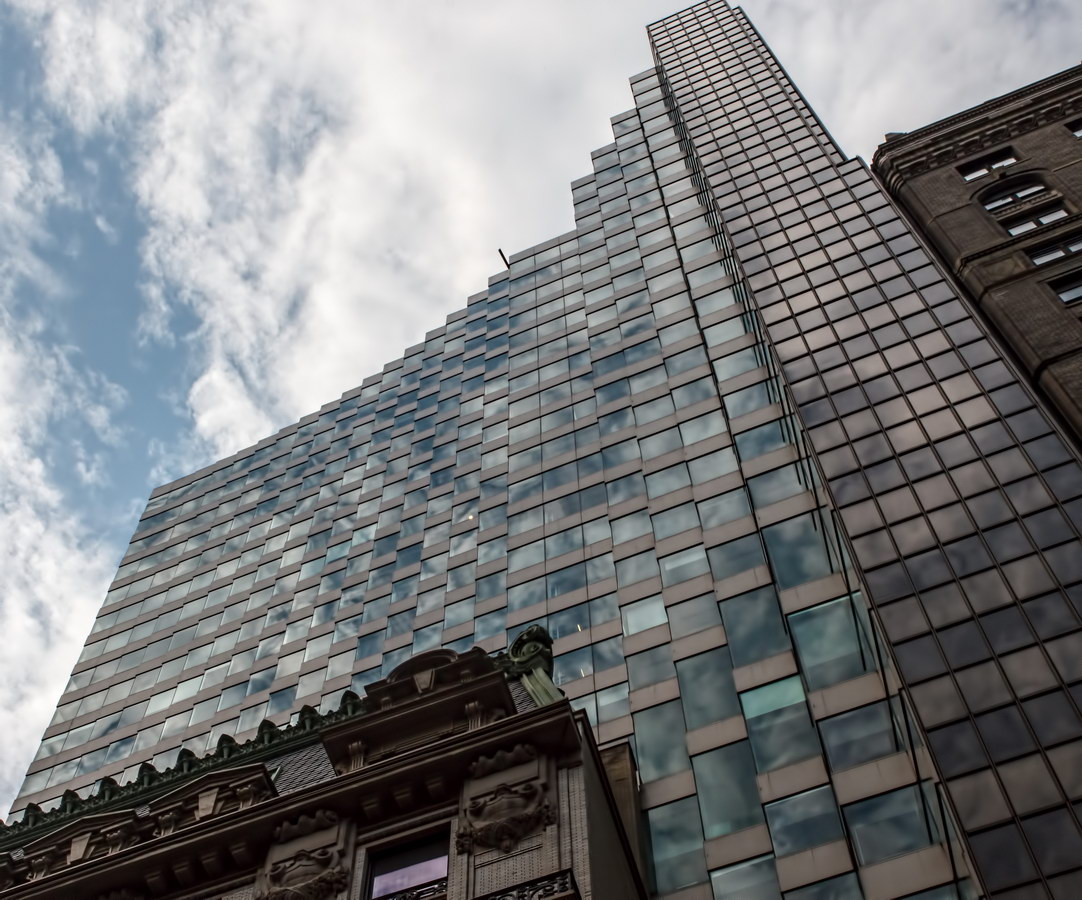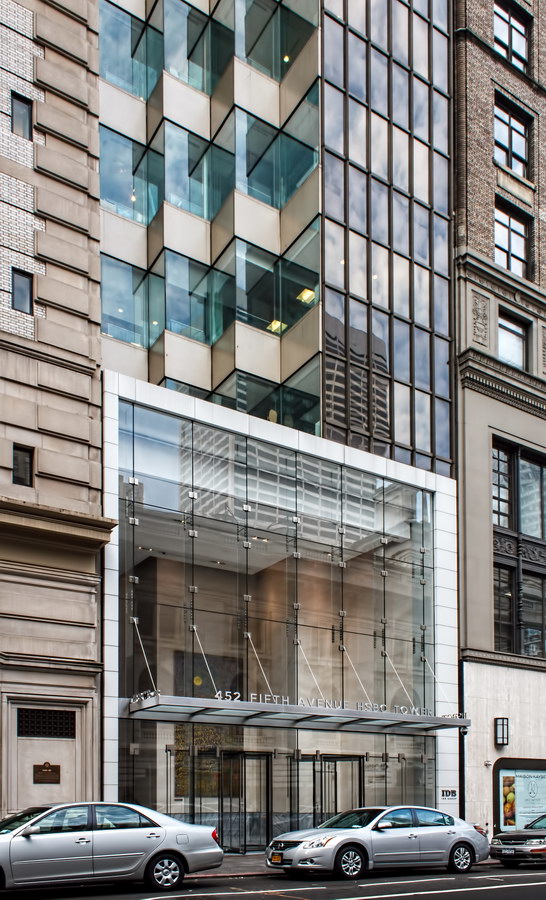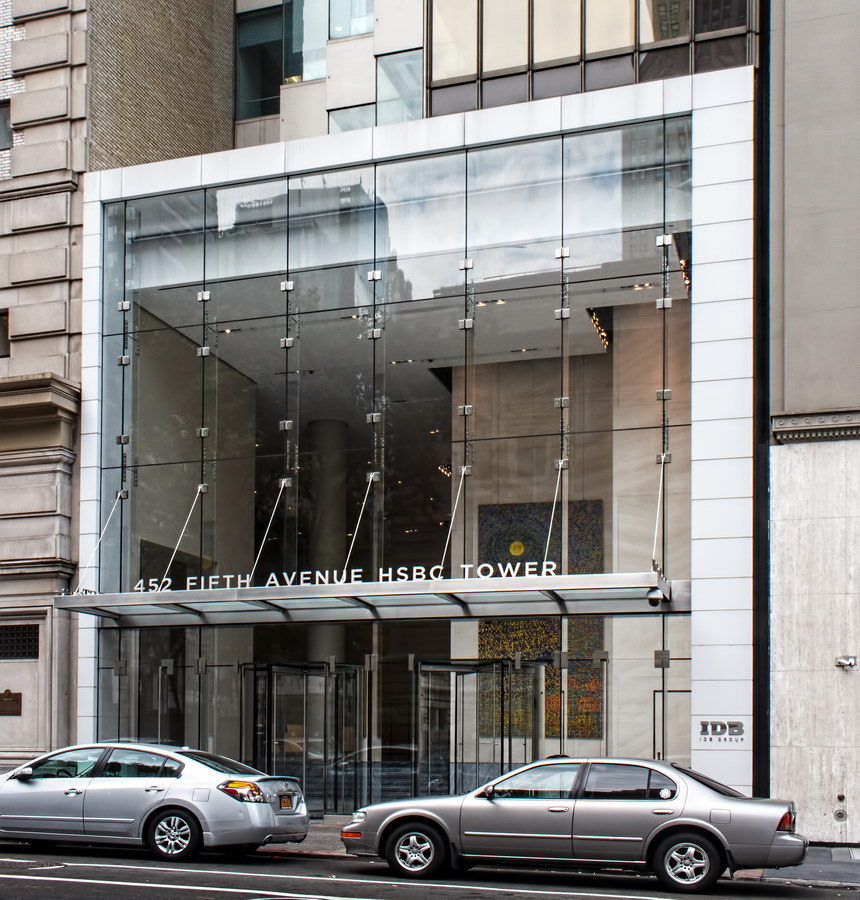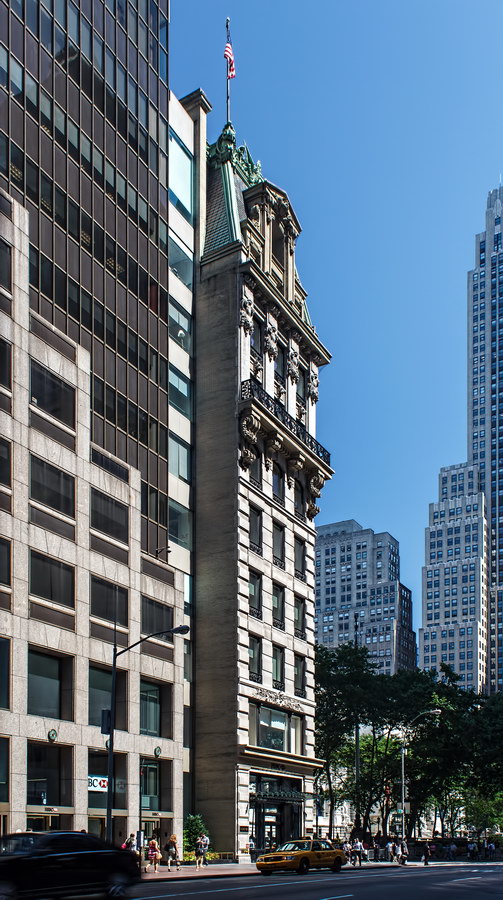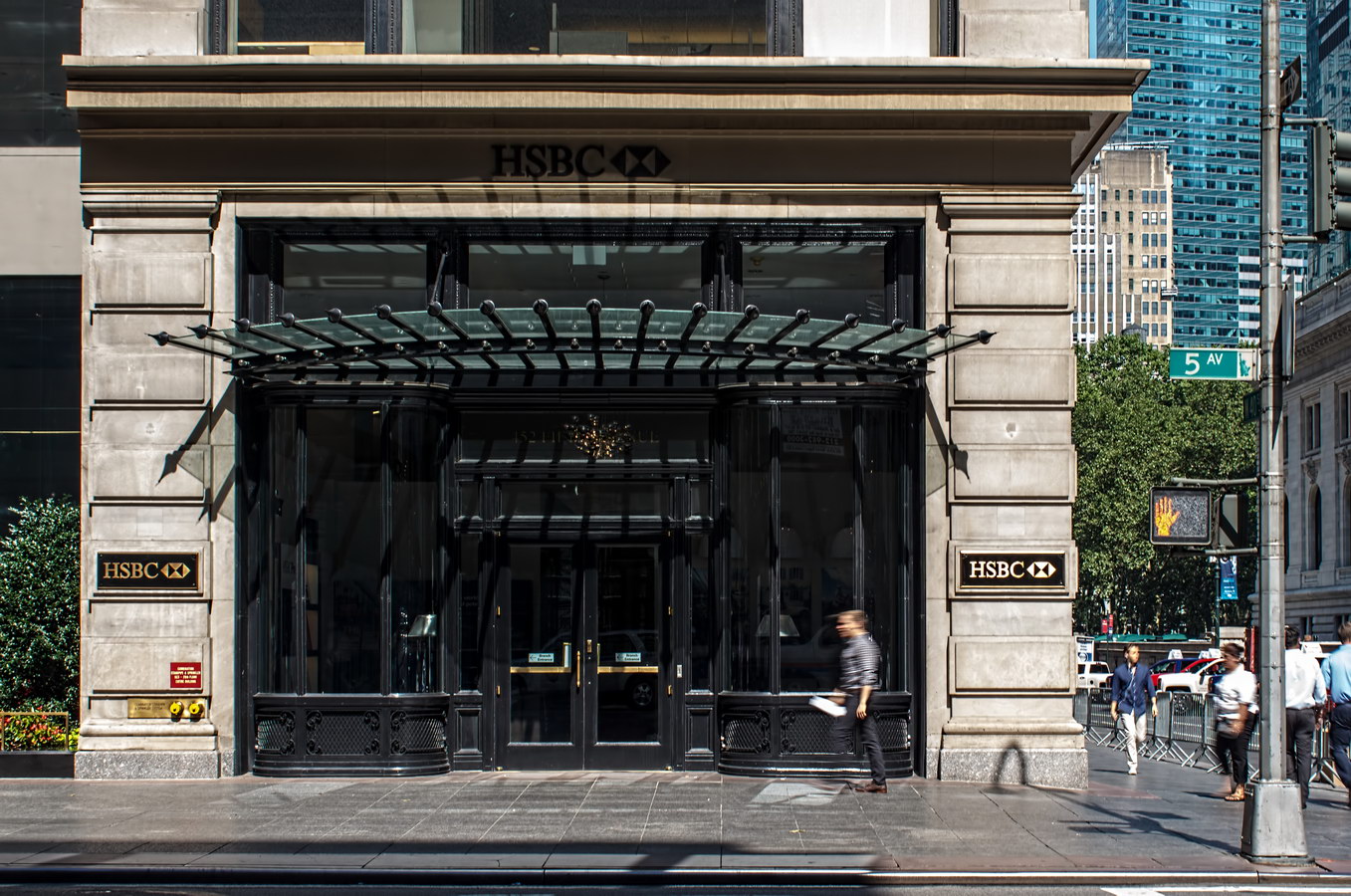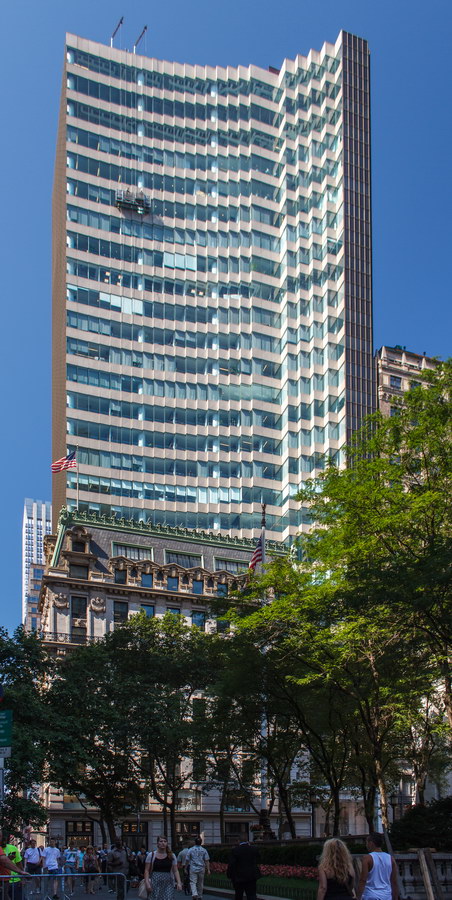Why not President Grant National Memorial? A National Park Service ranger explains that Ulysses’ record as General was more impressive than his record as President. General Grant National Memorial it is.
Either way, the memorial is probably better known as Grant’s Tomb. It is the largest mausoleum in the Western Hemisphere, and is said to be copied from the original Mausoleus’ tomb.
The memorial was financed by donations, not by the government, though the National Park Service now maintains the monument. There’s a small National Park Service visitor center well-hidden across the southbound lanes of Riverside Drive and down a flight of stairs.
“The Rolling Bench,” a series of 17 mosaic-covered concrete benches, was installed around the monument in 1974. Personally, I think the benches are an atrocious, grotesque defacement of the monument; bureaucratic vandalism. But that’s just my opinion, and what do I know?
P.S. – “Who’s buried in Grant’s Tomb?” Well, technically, no one. The General and his wife Julia are entombed (above ground), not buried (below ground).
General Grant National Memorial Vital Statistics
- Location: Riverside Drive at W 122nd Street
- Year completed: 1897
- Architect: John H. Duncan
- Style: Roman Revival
- New York City Landmark: 1975
- National Register of Historic Places: 1966
General Grant National Memorial Suggested Reading
- Wikipedia entry
- NYC Landmarks Preservation Commission designation report
- National Park Service information page
- Grant Monument Association website
